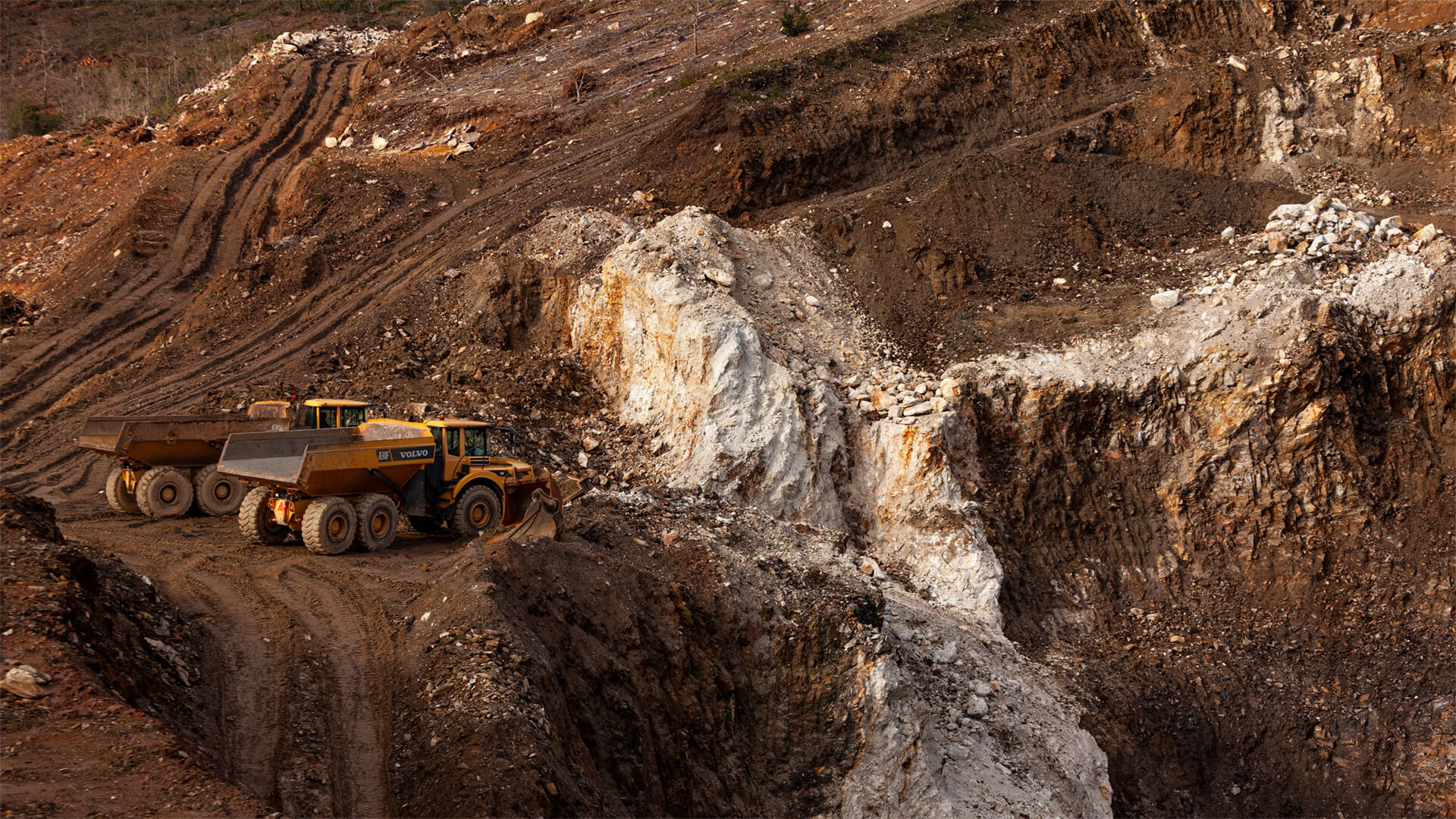Some new advancements in AI and geology have revealed a massive lithium deposit in Arkansas’s Smackover Formation (great name by the way). While this is good news, we still have a lot of work to do before this lithium sees the light of day.
Traditional methods of lithium extraction aren’t going to work in Arkansas, so Exxon is pioneering a chemical extraction process, which is showing promise. Again, we’re early stages in what this will look like, but it has solid potential.
This deposit might not solve the demand EV’s are bringing about, but there is huge potential to improve grid storage. This would allow excess renewable energy to be stored, addressing rising energy demands in the US. Again, this is still early on, but energy storage could be transformed by 2030.
Here at Zeihan on Geopolitics, our chosen charity partner is MedShare. They provide emergency medical services to communities in need, with a very heavy emphasis on locations facing acute crises. Medshare operates right in the thick of it, so we can be sure that every cent of our donation is not simply going directly to where help is needed most, but our donations serve as a force multiplier for a system already in existence.
For those who would like to donate directly to MedShare or to learn more about their efforts, you can click this link.
Transcript
Hey everybody. Peter Zeihan here, coming to you from Portsmouth, New Hampshire, which is not only disturbingly pleasant—I mean, it’s kind of surreal—but there are more good food options within a two-block radius than in the entire Denver metro, which kind of pisses me off anywho. I’m here near Market Square, and today we’re going to talk about the new…
Well, it’s not all that new, but the popularization of the lithium deposit that was found in Arkansas. Now, like I said, it’s not new. This is called the Smackover formation, which is a great name. I want to buy a drink for whoever named it. Anyway, it’s been producing bromide for the better part of a century, so the geology is reasonably well known.
What has happened is one of the breakthroughs with AI is being able to look at the geology from new angles, and correlate it with updates in understanding for mining and geology that have come in the decades since. And they think that there’s more than enough lithium there to supply global supplies for like a factor of nine or something. Ridiculous.
Now, I don’t want to overstate this, because just because the lithium is there doesn’t mean it can be harvested. For example, 90% of the oil in the world that we are aware of will never be able to produce. It’s too deep, it’s too technically challenging, the bits are too small—whatever it happens to be. But in the case of the Smackover, in specifically the Arkansas part of it, there’s already production in this zone, and it has been for decades.
Just not for lithium. Quick review of lithium production. There are two types: you’ve got rock formations and rock mining, which is what dominates in Australia. It’s a little bit more expensive than the other method, because you actually have to pull the ore out of the ground and grind it up and process it to extract the lithium from everything else.
But it is a relatively quick way of doing it, even if it is involved. It’s rock mining, so, you know, you’re going to have all the tailings, you’re going to have all the processing issues, and all the at-long costs. It’s energy-intensive—all that good stuff. Second, you have brine mining, which is what they have in Chile.
There, there’s a subsurface water source that is rich in dissolved lithium. You pull the liquid out, you pour it into an evaporation pond, and over the next 18 months, you, you know, basically wait for it to concentrate. So it’s cheaper than rock mining in Australia, but there’s a really long lag time, and you need a specific sort of surface.
Up on top, in order to do the extraction.
So the Atacama Desert in Chile is one of the driest parts of the world, and the mines are about 7,500 ft. So you have a lot of sun, you’ve got a desert, you’ve got low vapor pressure, and it still takes 18 months to concentrate the brine down to something that can actually use. In the case of all, in case of Arkansas, it is a brine formation.
The Smackover. But you’re talking about a state where the highest point in the entire state is like 2,500 ft, and where the mines would be, they’re significantly lower. And you don’t have the large, flat, dry areas. Arkansas is pretty humid, so doing traditional evaporation is just completely a no-go. And if that was the only technology in play, this wouldn’t work at all.
But it’s not the only technology in play. There is a relatively new method for lithium extraction from brine, which is basically a direct extraction that uses chemical catalysts and similar things to extract the lithium from the water. Now, the concentration in Arkansas is about 300 mg/L versus 400 mg/L in Chile.
So the Arkansas deposit isn’t as good in terms of quality as a Chilean one, but there’s a lot of infrastructure in place already, and Exxon is the primary company that is involved. And, you know, Exxon doesn’t pull things out of the ground unless it thinks it can make money. And so it has pioneered this direct extraction technology in a number of test wells already on site in Arkansas.
So the only thing that has really changed is that we’ve had this new AI model saying that there’s a lot, a lot, a lot, lot more than we originally thought. And in the next three years, Exxon expects to have first commercial volumes. Now, they’re not telling us what “commercial volumes” are, so we’re going to have to wait and see.
But, one of the things that has been a limiting factor on a lot of the green transition is batteries, and I have not made any secret of my general opposition to lithium use in transport, because it’s a horrible battery chemistry. It charges too slowly. It discharges too slowly. It heats up and swells. It’s just a bad idea to put on something that moves.
But if you were to make a lot of small- to medium-sized batteries, put them in series, and just put them in a building where the heat and the swelling could be maintained or even harvested, you could use it for grid storage very, very, very easily. So this isn’t going to revolutionize the world of EVs, but it might, if it works, revolutionize the world of electricity.
One of the problems we’re going to have in the United States over the next ten years is as the Chinese system vanishes from the world, we’re going to have to expand our industrial plant. That means we need at least 50% more electricity generation than we currently have. And until and unless we can build the infrastructure to link the entire country together so that anyone can generate power anywhere and send it anywhere else—which is a tall order.
The easier patch is to put a lot of batteries in a lot of places, so that during periods of high supply and low demand—for example, solar shining during the day—you capture the extra and then use it at night. Everyone’s asleep at night. You burn your natural gas at night, when normally you would cycle. Now you just pour that energy into a power, into a battery pack, and then you use it during the day.
You know, you could use this in any possible grid if we can produce enough lithium at a low enough cost. And I have to say, between the engineering, the technology, and the geology, this does look promising. Just keep in mind: first commercial production, 2027, which means first large-scale batteries, 2030. This isn’t going to solve everything overnight, but it’s a very promising step in the right direction.







